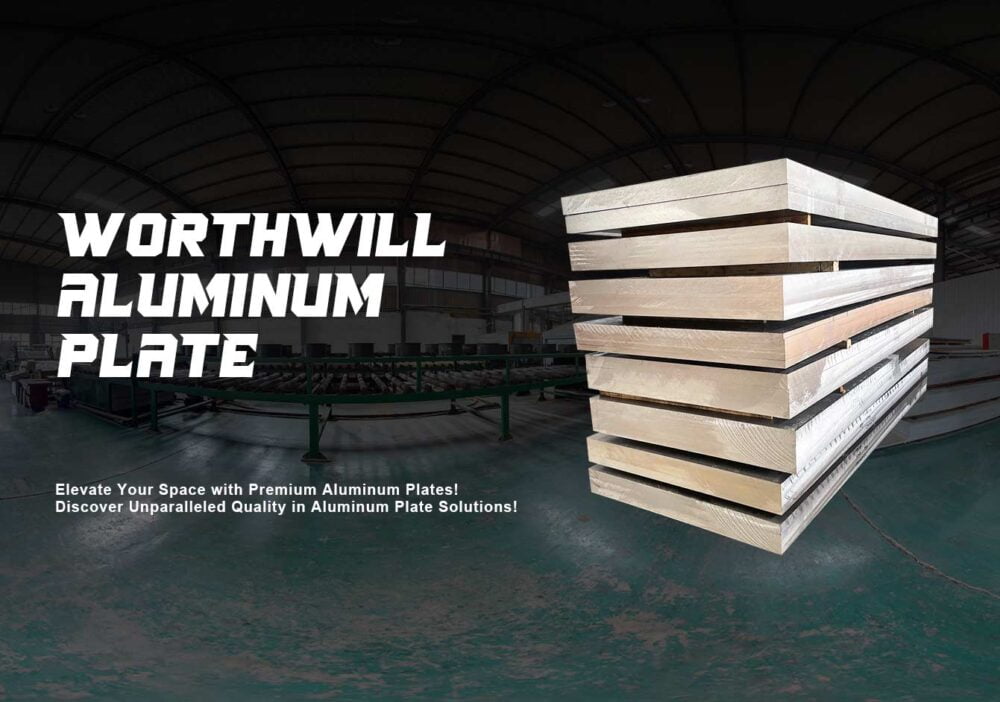Welding and Joining Methods for 7075 Aluminum Plate
7075 aluminum plate is a high-strength alloy widely used in various industries due to its excellent mechanical properties. When it comes to fabricating and joining 7075 aluminum plate, understanding the right welding and joining methods is crucial for ensuring optimal results. In this article, we will explore the different techniques used for welding and joining 7075 aluminum plate, providing valuable insights for manufacturers and engineers.


1.Tungsten Inert Gas (TIG) Welding:
TIG welding, also known as gas tungsten arc welding (GTAW), is a popular method for joining 7075 aluminum plate. This technique utilizes a tungsten electrode to create an electric arc, which generates the heat required for melting the base metal. TIG welding offers precise control over the welding process, resulting in high-quality welds with minimal distortion. It is suitable for both thin and thick sections of 7075 aluminum plate.
2.Metal Inert Gas (MIG) Welding:
MIG welding, or gas metal arc welding (GMAW), is another commonly used method for joining 7075 aluminum plate. In MIG welding, a consumable wire electrode is fed through a welding gun, creating an electric arc that melts the base metal. This process is faster than TIG welding and is ideal for thicker sections of 7075 aluminum plate. However, it may produce more spatter and require post-weld cleaning.
3.Friction Stir Welding (FSW):
Friction stir welding is a solid-state joining process that offers several advantages for welding 7075 aluminum plate. Unlike traditional fusion welding methods, FSW uses frictional heat and mechanical pressure to create a weld without melting the base metal. This results in a high-strength, defect-free joint with excellent mechanical properties. FSW is particularly suitable for thick sections and can produce continuous welds with minimal distortion.
4.Adhesive Bonding:
In certain applications, adhesive bonding can be an effective method for joining 7075 aluminum plate. Adhesives provide excellent bonding strength and can distribute loads evenly across the joint. Surface preparation, such as cleaning and roughening, is crucial for achieving a strong adhesive bond. Additionally, selecting adhesives specifically designed for aluminum bonding is essential to ensure long-term durability.
5.Mechanical Fastening:
Mechanical fastening methods, such as riveting and bolting, are often employed for joining 7075 aluminum plate. These techniques offer simplicity and versatility, allowing for easy disassembly and reassembly if necessary. When using mechanical fasteners, it is important to consider factors such as joint strength, corrosion resistance, and the potential for stress concentration.


Choosing the right welding and joining methods is vital for successful fabrication and assembly of 7075 aluminum plate. TIG welding, MIG welding, friction stir welding, adhesive bonding, and mechanical fastening all offer unique advantages depending on the specific requirements of the application. By understanding these techniques and implementing them appropriately, manufacturers and engineers can ensure the production of high-quality, reliable products using 7075 aluminum plate.

